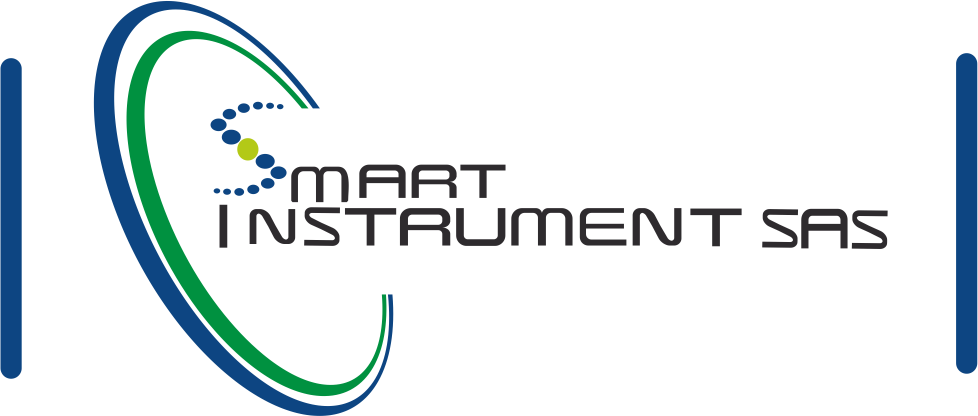- 8 de julio de 2024
- Posted by: smarti
- Categoría: Bookkeeping
However, understanding whether inventory is a temporary account or not can be quite perplexing. A temporary account, as mentioned above, is an account that needs to be closed at the end of an accounting period. It aims to show the exact revenues and expenses for a company for a specific period. The income summary is a temporary account of the company where the revenues and expenses were transferred to. Taking the example above, total revenues of $20,000 minus total expenses of $5,000 gives a net income of $15,000 as reflected in the income summary. Equity accounts (such as “Common Stock” and “Retained Earnings”) and liability accounts (like “Accounts Payable” and “Notes Payable”) are not temporary accounts.
How Automation Can Improve Temporary vs Permanent Accounts Management?
With minimal effort and investment, companies can implement this tool and reap its numerous benefits immediately. A drawings account is otherwise known as a corporation’s dividend account, the amount of money to be distributed to its owners. It is not a temporary account, so it is not transferred to the income summary but to the capital account by making a credit of the amount in the latter. Furthermore, businesses must also monitor their inventory levels regularly to avoid stockouts or overstocking which can negatively impact profitability. This requires keeping track of sales trends and adjusting ordering quantities accordingly. Safety stock inventory is kept as an insurance policy against unexpected demand spikes or supply chain disruptions.
Corporations, in contrast, usually return shareholder capital and company profits through dividend accounts. Some companies do not keep an ongoing running inventory balance as was shown under the perpetual inventory system. In addition to these benefits, a temporary inventory account also helps businesses manage cash flow more effectively. By delaying payment until items are sold or used in production, organizations can better balance expenses against revenue. Using this method allows for easier tracking and reconciliation of stock movements without affecting financial statements.
Examples of Temporary Accounts in Accounting
The accountant is preparing the performance report for the period from 1 January 2023 to 31 March 2023 to see profit for the first quarter of the year. Inventory is the stock available for sale, while COGS represents the direct costs of producing those goods that were sold during a period. Yes, inventory is classified as a current asset on the balance sheet, reflecting the value of goods available for sale.
Inventory refers to the raw materials, work-in-progress, and finished goods that a company holds for the purpose of selling in its normal business operations. Essentially, it’s the stock that a business keeps on hand to meet customer demand and maintain its operations. This can be done manually or through automated software systems such as an Enterprise Resource Planning (ERP) system. Use labels or barcodes to identify each product and record the location of each item in a central database. Because you did not close your balance at the end of 2021, your sales at the end of 2022 would appear to be $120,000 instead of $70,000 for 2022. Whether you’re just starting your business or you’re already well on your way, keeping organized financial records is a must.
This permanent account process will continue year after year until you don’t need the permanent accounts anymore (e.g., when you close your business). Then, another $200,000 worth of revenues was seen in 2017, as well as $400,000 in 2018. If the temporary account was not closed, the total revenues seen would be $900,000. They encompass revenue, expense, gain, and loss accounts that are relevant only for a specific period. Temporary accounts are essential for monitoring a business’s financial performance within a specific timeframe. They help businesses understand their revenue generation, expenditure patterns, and overall profitability, which is vital for making informed decisions and planning for the future.
Accounting made for beginners
To help you further understand each type of account, review the recap of temporary and permanent accounts below. Permanent accounts keep track of your business’s overall progress because they are cumulative. Permanent accounts (or real accounts) stay open from one accounting period to the next. Temporary accounts (or nominal accounts) are accounts that you close at the end of an accounting period. This means you don’t carry their balances over to the start of the next period. They allow for transactions to be reflected correctly in the right financial period as long as they are accurately closed out at the end of every financial period.
What are Retained Earnings on the Balance Sheet? (Explained)
Temporary accounts refer to accounts that are closed at the end of every accounting period. They are closed to prevent their balances from being mixed with those of the next period. Expenses are an important part of any business because they keep the company going. The expense accounts are temporary accounts that show everything that the company spent on its operations, including advertising and supplies, among other expenses. Revenue refers to the total amount of money earned by a company, and the account needs to be closed out at the end of the accounting year. To close the revenue account, the accountant creates a debit entry for the entire revenue how to sell tradelines and make easy money balance.
The Complete Guide to Online Procurement Systems
- Download our FREE whitepaper, How to Set up Your Accounting Books for the First Time, for the scoop.
- Permanent accounts (or real accounts) stay open from one accounting period to the next.
- Since these temporary accounts were not closed, all of their balances accumulated over the 2022 financial year got carried over to the financial year 2023.
- You should also determine how often you will update this account with new information about incoming and outgoing inventory.
- Therefore, you may find it useful to create accounts within each category to track a specific metric.
- Since revenue accounts are natural credit accounts, in order to close a revenue account at the end of a financial year, a debit entry needs to be created with the balance of the revenue accounts.
Temporary accounts are recorded on a company’s income statement, which assesses profit and loss over a stretch of time. Temporary — or “nominal” — accounts are short-term accounts for tracking financial activity during a certain time frame. Businesses close temporary accounts and transfer the remaining balances at the end of predetermined fiscal what is self employment tax 2021 periods.
The accountant records a closing balance of $108,000 at the end of the quarter. When the next quarter begins, the accounts receivable records will commence with a starting amount of $108,000, carrying forward the balance from the previous period. This continuity ensures accurate financial tracking and reporting for Company X. Traditional, manual accounting processes are prone to human error, such as incorrect data entry, miscalculations, and missed deadlines.
Harold Averkamp (CPA, MBA) has worked as a university accounting instructor, accountant, and consultant for more than 25 years. Drawing or withdrawal accounts of the owner/s in sole proprietorships and partnerships. While this might sound like a small difference, it changes how you interpret the balance for each account type. Another type is work in progress (WIP) inventory, which refers to partially completed goods that are still being worked on. Finished goods are those that have been fully produced and can be sold immediately. While a permanent account indicates ongoing progress for a business, a temporary account indicates activity within a designated fiscal period.
- By using technology to automate tasks such as data entry, reconciliation, and reporting, organizations can save time and reduce errors.
- Each time you make a purchase or sale, you need to record the transaction using the correct account.
- The purpose of resetting these accounts is to prepare them for the next accounting period, ensuring that revenue and expense transactions are recorded accurately for the new period.
- By tracking the cost of each item purchased and sold, businesses can get a clearer picture of their expenses and profits.
- Using a periodic inventory system, when you purchase inventory, debit the purchases account for the cost of the inventory.
The chosen method impacts how profits and taxes are calculated, hence its significance cannot be overstated. Inventory is a crucial component of any business that cost of equity deals with physical products. The types of inventory differ depending on the nature of the business and its operations. Raw materials are one type of inventory, which includes all components needed to produce a finished product.

